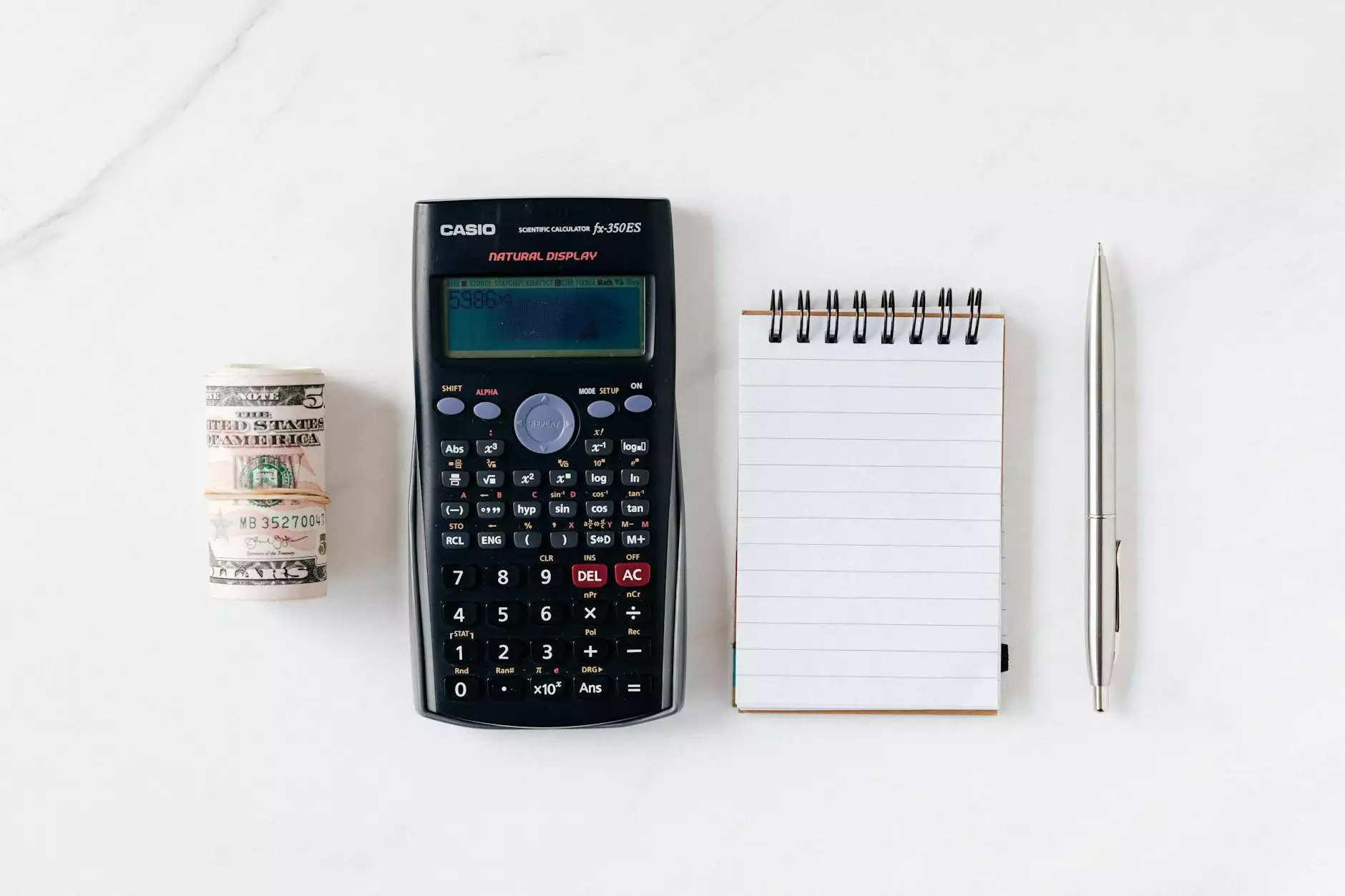292 – Comparisons With Similar, Different, and The Same
English Grammar Lessons
Introduction
Welcome to NJCLT's comprehensive guide on comparisons with similar, different, and the same concepts. In this article, we aim to provide you with in-depth knowledge and valuable insights that will help you understand the distinctions and similarities in various domains. Whether you are a student, professional, or simply curious about the world around you, this guide is designed to enhance your understanding and broaden your perspectives.
The Significance of Comparisons
Comparisons play a crucial role in our everyday lives. They allow us to make sense of the world, identify patterns, and understand relationships between different objects, ideas, or concepts. By analyzing similarities and differences, we can gain valuable insights that lead to better decision-making, problem-solving, and overall growth.
Understanding Similarities
Similarities form the foundation of comparisons. They highlight shared characteristics, properties, or qualities between two or more entities. By identifying similarities, we can better comprehend the underlying connections and draw meaningful conclusions. Whether it's comparing two artworks, scientific theories, or historical events, recognizing similarities allows us to explore the common threads and gain a deeper understanding of the subject matter.
Analyzing Differences
Differences, on the other hand, provide us with a clear demarcation between entities. They emphasize contrasting characteristics, properties, or qualities, helping us identify unique aspects and nuanced variations. By understanding differences, we can appreciate the diversity within a domain, recognize the strengths and weaknesses, and make informed choices. Whether you're comparing different cultures, programming languages, or marketing strategies, analyzing differences enables you to grasp the intricacies and make rational decisions.
Embracing the Same
While similarities and differences often take center stage, understanding the concept of sameness is equally important. The "same" refers to the identical or indistinguishable aspects within a given context. It highlights the shared elements that exist despite variations or divergences. Recognizing the same enables us to find common ground, build connections, and foster empathy. Whether we're emphasizing the shared challenges of individuals from different backgrounds, comparing similar scientific experiments, or exploring identical genetic traits, recognizing the same helps us create a sense of unity and inclusivity.
Applications in Various Domains
Educational Comparisons
Comparisons are extensively used in education to facilitate understanding and enhance learning outcomes. Students often encounter exercises and assignments that require them to compare and contrast different concepts, theories, or historical events. By engaging in such comparative exercises, learners develop critical thinking skills, improve their analytical capabilities, and deepen their knowledge. At NJCLT, we believe in the power of educational comparisons to foster intellectual growth and unlock new perspectives.
Business and Marketing Comparisons
In the competitive world of business and marketing, comparisons play a crucial role in decision-making and strategy formulation. Analyzing similar products, target markets, or marketing campaigns helps businesses identify unique selling points, gain competitive advantages, and better understand customer preferences. Through effective comparisons, businesses can tailor their offerings and refine their marketing strategies, ultimately driving success and growth.
Scientific Comparisons
Scientific research heavily relies on robust comparative analysis to advance knowledge and uncover new insights. Comparisons between different experiments, theories, or methodologies help scientists evaluate the validity of their findings, identify potential correlations, and refine their hypotheses. By carefully conducting comparative studies, scientific researchers contribute to the collective understanding of the world and drive progress in their respective fields.
Conclusion
Comparisons with similar, different, and the same concepts are invaluable tools for understanding, learning, and growth. Through recognizing similarities, analyzing differences, and embracing what is the same, we expand our perspectives and gain deeper insights into various domains. Whether you're a student, professional, or curious individual, NJCLT is committed to providing you with comprehensive information to help you navigate and appreciate the interconnectedness of the world around us.










